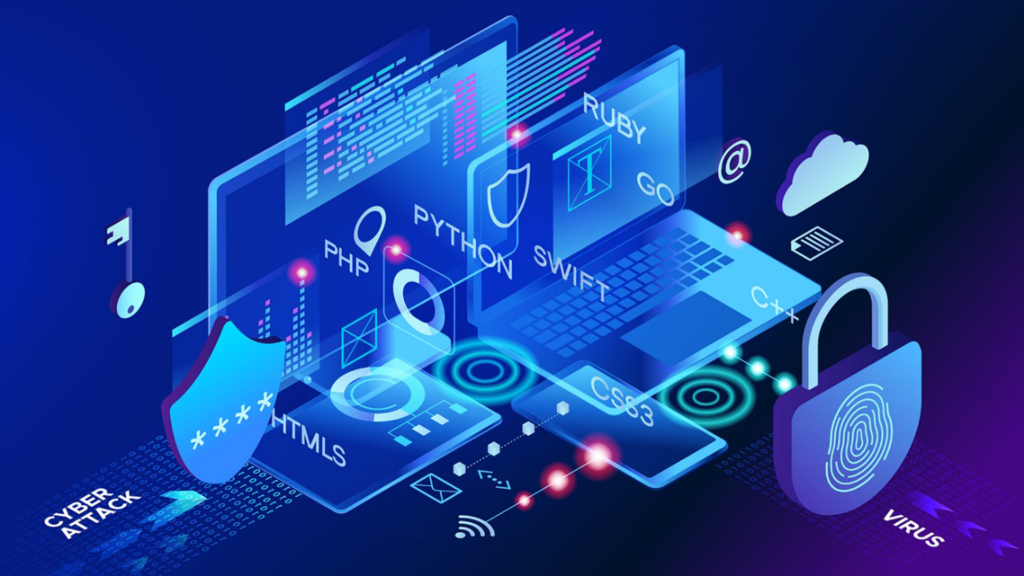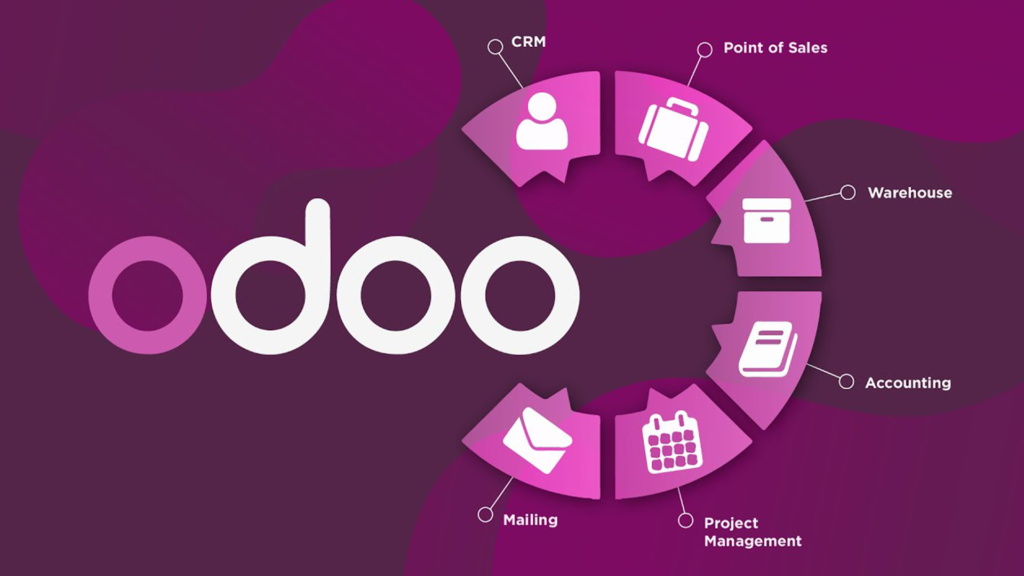When tech leads the way, even those tiny milliseconds count. Whether you monitor heartbeats on a medical device, manage robotic arms on a factory floor, or one that may support the ever-so-crucial high-frequency trading that is common in the financial markets, real-time can be a make-or-break proposition to your system. It is in real-time kernels that base systems requiring real-time at any instance and displaying precise timing and response are embedded.
But let us turn to the first of those terms and ask a specific question: Real-time kernel, what is it and why is it important for business? Now let us get down to knowing what a real-time kernel is, how RTOS works, and why it is imperative for more and more companies across all sectors.
Need a reliable system for time-critical applications? Deliverydevs specializes in building robust solutions powered by real-time kernels. Contact us today!
What is a Real-Time Kernel?
Booting up any operating system requires a core that is responsible for controlling the resources such as CPU, memory, and I/O devices. The kernel performs the function of time sharing, and it determines when certain tasks have to be done in a particular system. As in most conventional operating systems, there is often task prioritization based on the user’s requirements; power consumption; or flexibility in switching from one task to another.
However, a real-time kernel operates under a more critical constraint: timing. In the real-time operating system (RTOS), the kernel is responsible for scheduling tasks within a certain period. Due to such factors as time latency is not tolerated by the system as it could lead to tragic consequences. For instance, consider how an airbag has to open a split second after a car accident, but the split second can cost a life. What puts a real-time kernel aside from a general-purpose kernel is the need for consistent and precise timing.
Types of Real-Time Kernels
Hard Real-Time Kernels:
Soft Real-Time Kernels:
A brief overview of: How Real-Time Operating Systems (RTOS) Works
An RTOS works on altering the real-time kernel to manage tasks with the specificity of timely execution. The real-time kernel employs scheduling algorithms such as priority-based preemptive scheduling to ensure that the important tasks get the computation resources at the right time.
For businesses and developers, it means being able to count on a system that will always behave in a certain way regardless of other conditions that they may want to impose on it. Whether it is a conveyor belt that forms an assembly line that needs to function for thousands of hours or a communication satellite that needs to provide data transmission efficiency, RTOS is built to address the pressure.
Real-time Operating System: Real Business Benefits:
You may be wondering: While the essential implications are clear, one has to wonder beyond the technicalities of an RTOS, what other business benefits does it hold? The reality is that the approach based on real-time kernels is much more beneficial for enterprises that plan to expand the range of their products and services with high quality and stability in different fields.
Improved System Reliability:
Optimized Resource Utilization:
Enhanced Predictability and Determinism:
Hence, the predictability that comes with an RTOS is very important to businesses that rely on achieving certain performance benchmarks. This is because real-time kernels offer an exact/ deterministic nature and hence the tasks can be scheduled and undertaken with certainty that the deadline will always be attained. This is a big boost to the operation of industries such as manufacturing where any hiccup in the link can bring an entire production line to a standstill resulting in loss-making.





